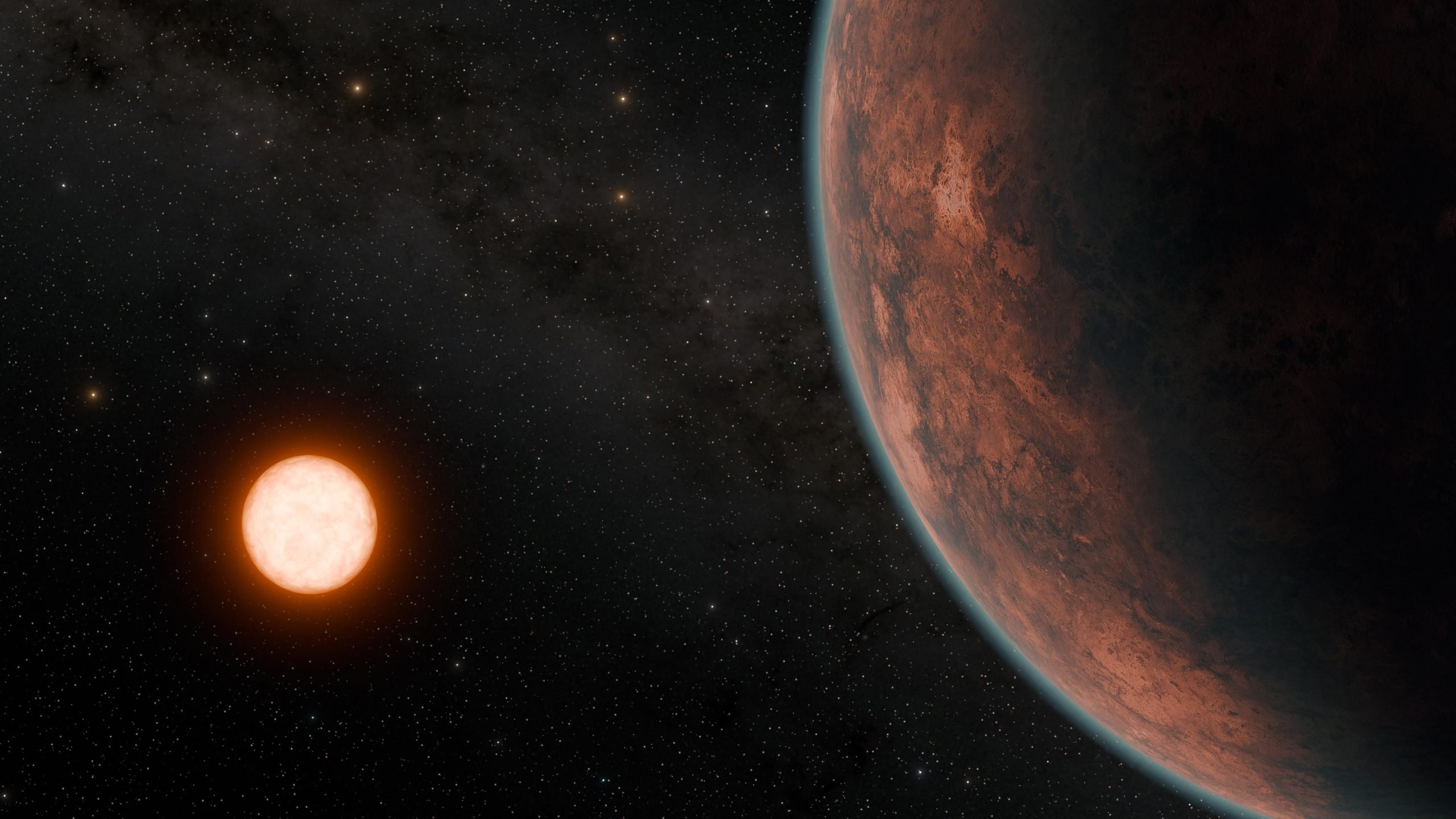Caveats. It may not have an atmosphere, or if it does, it might be as bleakley unpromising as Venus’s. Still, this is exciting news. I wonder how close we are to detecting evidence of simple microbial life on an exo-planet? It feels like it’s just a matter of time, and could happen any year.
I'm super into futurism and all. We could certainly build survey satellites capable of detecting worlds around other type-g stars, but all the hype over brown dwarves is nonsense. It has already been shown that they can not support photosynthesis, so there is unlikely to be anything in an atmosphere. If there is an atmosphere the temperature differential between a tidally locked hot and cold side will be greater than anything we've ever imagined. It would mean massive winds and violent weather along the boundary. Then, the dwarf is like the unfiltered core of all stars. Without the outer non fusing layer(s), the star itself is a raging violent heap that throws massive tantrums of charged particles and radiation regularly.
If everyone said these things and made it common knowledge, perhaps we would be able to motivate a real effort at a survey satellite constatation of Keplers. This is current astronomy’s biggest blunder of our generation. Kepler failed its mission and we failed to acknowledge it. Kepler was supposed to survey up to barely resolving an Earth doppelganger around a type-g star. This was a primary objective. It was claimed a success based on 3 data points that are an order of magnitude outside of the mean. They were nothing more than random noise cherry picked to claim success because politicians are sophist scum. As a result no effort has been made to accomplish the actual objective of surveying type-g stars. We already know exactly what type of star can support life. We have the technology to survey these stars easily. Kepler failed because the launch was rough and nearly failed. Kepler was only a proof of concept. One must stare at a single point for at least as long as 3 orbital cycles to catch the transits of and confirm them. If we target the entire potential habitable zone around a Sol analog, that means staring at a single star field for at least 6-9 years to catch a Mars like transit too. Kepler couldn’t resolve type-g stars down to the resolution of an Earth sized world.
All the survey information we have are the easy junk to see. We have not made a valid effort to even try and look for valid potential Earth hosting analogs. The fact we did not do this before sending up the JWST is as negligently stupid as sending a Mars rover to collect samples we can’t return. Following up on Kepler’s survey of type-g stars is one of the JWST’s main objectives.
Based on the way things are going right now, maybe we should ask China to go pick up our samples and do a proper type-g survey.
I don’t mean to be negative in an absolute sense, but I think this really needs to be said a whole lot more if we are to ever see real efforts put into finding life. I think Theia is the great filter, but it would be nice to have that perspective empirically validated more firmly.
There are surprising edge-cases for life on Earth. Microbes that live off the energy from undersea vents for example. Tidally locked planets may have day-night border zones that are habitable. I think it’s worth spreading the net wide. We don’t know for sure what’s impossible, and we’re only starting to understand all the myriad ways other solar systems & planetary systems might function.
I can respect that and appreciate it but fighting Occam’s Razor for the minute chance of edge cases, without telling everyone the obvious, that we’re ignoring the 99.9% to chase the 0.1% because we never built the right tool for the job is wrong. I love that we are willing to chase the absurd and obscure possibilities. I just believe it is important to say, we have made absolutely no attempt to try for the real objective of finding life. We’ve done one extra credit project for a university course without taking the course and we like to claim we deserve a degree for our work, maybe even a Nobel prize. It’s a great effort on a little project, and no one should take away from that, but it is not even completion of the course. Perspective is important. Type-G stars are known to host life. A survey of all Type-G stars within a few hundred parsecs is absolutely critical before any relevant statement of life and habitability can be made. We could have that information already if we really cared to try. It would be the greatest scientific project of the millennium and likely answer one of humanity’s biggest questions, but we’ve chosen to pass up that opportunity. I personally find that sad. None of us get everything we wish for, but it must be okay to call out the missed opportunities when they are being obfuscated and people make claims like they have achieved that which they have not. It’s still great work on the 0.1%.
There are certainly a lot of species that live in what we might consider inhospitable conditions, and there have been massive ecosystem and environmental shifts in the history of life on earth.
However, the chemistries and conditions needed to form macromolecules and lipid globules that could protect and contain them (which is one candidate for proto-life) might not have that full range of adaptability. Keeping chemical integrity in potentially harsh conditions (in terms of temperature or environmental chemistry) depends on a whole cascade of cellular chemistry that’s unavailable to proto-cells.
Finding even a single example of extraterrestrial life - even bacterial mats - would absolutely revolutionize biology, and I hope we manage to do it, especially if I’m still around to see it.
nearest
How near?
just 40 light-years away
I guess we won’t be visiting anytime soon, but that’s still relatively close in astronomical contexts.




